Introduction: Chemists’ Delight - A Test Tube Invention
Most of us probably recall “The Graduate”, the 1960s movie with Dustin Hoffman as a new college grad. At his party, a middle aged man gifts him ultimate career wisdom: “I just want to say one word to you……. Plastics” In fact, although plastics were invented from fossil fuels in a test tube around 1920, they began to burgeon in the 1950s and 60s, their versatility, depending on additives, propelling them into ‘necessities’ in many areas of life. It was true: the future of plastics was economically bright.
Disposable, transparent plastics have become vital in medical practice and research, replacing glass. Made into test tubes, pipettes, Petri dishes and other medical lab equipment, they offer the convenience and safety of disposable products - no cleaning or sterilization needed after assays on body fluids, toxic residues, cultured microorganisms or radioactive uptake into tissue cultures - to name a few common uses. Disposal guidelines gradually became more cognizant of the effects of contamination.
Other plastics are stronger than steel and are designed to have a long life in construction as beams and flooring, for example. In contrast, pliable plastics are used as faux leather in shoes, bags and furniture; and some pliable ultra-thin plastic forms films or disposable “plastic wrap”. Joining the ranks of disposables are billions of cups, glasses, bottles, food containers, straws and cutlery. These products are not justifiable given the havoc they wreak on the environment, and the availability of environmentally superior alternatives.
We Now Have A “Disposable” Culture and an Addiction to Single Use Plastics
Plastics Have Taken Over The Globe
Basic Facts
Plastic waste: at least 300 million metric tons are produced per year, of which about 11 million tons enter the ocean.
This is 75% of all plastic made
Plastic waste is growing fast – at a 9% annual rate.
The US is the world’s top generator of plastic trash!
1 million marine animals suffer death by plastic every year, threatening vast ecosystems. Interpreting plastic waste as food, marine wildlife ingest the trash and suffer blocked alimentary canals. The passage of actual food is obstructed, causing lethal wildlife starvation.
3/4 of all litter on beaches worldwide is plastic.
Only about 6% of plastics are recycled. Clearly, there is much room for improvement in our recycling programs.
Plastic Trash Damages Every Corner of Nature
LIFE CYCLE OF PLASTIC
POLLUTING GREENHOUSE GASES (GHGs) ARE RELEASED AT EVERY STAGE
Plastics are made from fossil fuels (oil and gas) and so contribute to the impetus to drill and frack
Extraction of oil and gas has a large carbon footprint. In addition, oil spills at extraction sites is a major environmental hazard.
Fracking (from fracturing) – Is used to extract natural gas trapped in rock layers far underground. Natural gas is methane, a GHG with 80 times the heat-trapping potential of carbon dioxide. Surveillance techniques reveal that methane leaks into the air at many fracking sites, a few of which are ‘mega-producers’ to the GHG problem.
Please note that Synthetic Fabrics are made from fracked gas (to be discussed in a future blog on Fabrics & Fashion).
Processing – involves breaking down oil or gas into small molecules, followed by the very energy intensive step of polymerization - stringing together the small molecules into long chains called polymers.
To make plastics with different physical characteristics, many hundreds of toxic additives are used, causing more pollution and direct health hazards, especially when plastics are used in food processing and storage.
Transportation of fossil fuels themselves and of the plastic products manufactured from them contribute carbon to the atmosphere. Importantly, transport of oil and gas through pipelines, rail and ship are subject to accidental spills, fires and leaks, all of which contribute to global warming and environmental damage.
Use – Ubiquitous
Unfortunately, plastics are found now in every facet of our lives and every corner of the globe. Our addiction to single use plastics is most disruptive to maintaining a viable ecosphere.
End of Life – NO TRUE END.
Plastics are “forever chemicals” that undergo no natural chemical breakdown; they are not biodegradable and so continue accumulating and persisting in our environment.
Mechanical Breakdown of plastics does occur through breakage and shredding of plastic objects into ever smaller pieces. Ultimately, micro- and nanometer size particles result. You can think of the tiny particles as a kind of fine dust.
These micro- and nano-plastics are now found everywhere on earth, from pole to pole, alps to lowlands, oceans to rivers and lakes: in our air, water, food (plant and animal), soil and bodies. We breathe in, drink and eat invisible plastic “dust”. Evidence of these particles has been reported in the human placenta, blood stream and lung tissue. The health effects of micro- and nano-plastics are unknown, but concerning to the medical community. In effect, an unplanned global ‘field trial’ is occurring.
*We Breathe, Drink, Eat a Credit Card Worth of Plastic per Week*
WHAT CAN WE DO?
THE 4 R’S:
REDUCE: At the source
RE-USE: Buy fewer virgin fossil fuel (FF) products
REPLACE: At the right time…thoughtfully
RECYCLE: Last resort
True recycling into a new product is minimal and occurs mainly for clear #1 (PET) plastic, which in general is the least toxic or “cleanest” in the family.
1. REDUCE
When it comes to plastics, ask yourself: “Is it absolutely necessary?” Often you may find that an urge, impulse or whim will pass; that a serious appraisal yields a “No.”
“Is There An Alternative?” The answer to this is increasingly likely to be a definitive “Yes”, as can be seen below.
Zero “Single Use Plastics” is an important goal for each of us:
Plastic Beverage Bottles occupy miles of supermarket shelving. One of the most important purchases that consumers can make is a STAINLESS STEEL WATER BOTTLE for every family member. If you have a filter in your kitchen, or even if you don’t, the quality of water in your stainless steel bottle may well be superior to many commercial brands of bottled water; and no chemicals will leach out from the container. In addition, buy juice in glass bottles, soda in cans. Ask your supermarket or local market to carry more products in glass containers - friends and other shoppers can add pressure.
If you are an avid sparkling water or seltzer fan, you can slake your thirst for these beverages by making your own at home in reusable glass bottles, instead of buying the plastic-bottled carbonated water in stores- and save a lot of money after your initial investment.
In many parts of the U.S., single use plastic shopping bags are banned, and we have quickly adapted by bringing our own reusable bags. For produce shopping, mesh bags or even small paper bags are excellent substitutes for plastic. (Check-out personnel do look inside paper bags.)
Plastic straws are among the easier items to refuse. People who need to use straws can bring their own made of paper or reusable plastic. Similarly, we can supply our own reusable bags for take-out orders and “doggie” leftovers. We can further help the situation by bringing our own Tupperware or similar for restaurant left-overs. Here’s a BPA-free example from OXO Good Grips® Prep & Go Leakproof 2-Cup Divided Container.
Again it’s easy to refuse take-out plastic cutlery – If not going home with your take-out food, there is a large variety of personal reusable cutlery sets available on line - and in some very attractive cloth cases. Remember to tell the person taking your order to omit the plastic utensils.
Buy bars of bathroom soap, shampoo and dish soap!
If you must buy products in plastic containers, BUY BULK SIZES. Less plastic is needed per unit of liquid in a larger container than a smaller one.
Liquid soap for bathroom sinks, for dish washing and for shampoo and body wash, as well as liquid detergent can all be purchased by the gallon and poured into smaller more convenient containers as needed. Buy the largest size bottles of mouthwash and keep a more convenient smaller one to refill.
A One Gallon Bottle Uses Much Less Plastic Than 13 6-Oz Bottles!
Reusable pumps for gallon size bottles can be purchased on amazon.com
A useful website for the purchase of a variety of products in bulk sizes is: https://www.econowca.com/.
2. REUSE
The longer you reuse plastics, the lower the environmental cost: In effect you ‘amortize’ the environmental damage caused by plastics when you reuse them.
•Clear Water Bottles (#1) - Made of the least toxic plastic called PET (polyethylene terephthalate), clear water bottles, despite their chemical name, are free of phthalates. They are also free of BPA. The Food and Drug Administration (FDA) has approved PET bottles for single use and for reuse. However, this plastic does contain aldehyde and the heavy metal antimony in small amounts. Because the antimony leaches out when the plastic is allowed to heat up, don’t leave these bottles in the sun or in a hot vehicle. If you are in a situation with little choice but to use bottled water for a period of time, you can reuse the bottle at least 10 times safely. But it is not a good idea to depend on plastic water bottles in the long-term, for health and pollution/climate change reasons. Stainless steel water bottles (see above) are a far superior option: they will serve you for many years to a lifetime without danger to your health and without increasing the demand to extract fossil fuels. In addition, the reduction of nature-destroying plastic trash will be very significant.
•Clear Plastic Glasses (#1) – Same principles as water bottles apply, but in this case when the advantages of disposable glasses are compelling, paper cups that can go into compost, or biodegrade are much friendlier to climate and local environments when disposed of.
•Lower Quality Plastics – Tubs, Trays, and Some Numbers Other Than 1
Plastic containers with numbers 2, 4 and 5 are safe to reuse, and because they are less often recycled, it is important to do so. Despite vendor claims to the contrary, do not microwave food in them because of the danger of chemicals leaching from heated plastic. Glass (inexpensive and easily recyclable) and porcelain are your best bets for microwaving.
Black plastic is quite toxic; it often contains heavy metals and toxic chemicals that leach into food. Because of its toxicity, black plastic is not recycled, but if it gets into the recycle stream, it can contaminate safer plastics. Most often, this plastic sits forever in landfills, contaminating surrounding soil and waterways, and disrupting ecosystems.
• Plastic Spray Bottles: The Sprayer Pump Is Valuable!
Don’t discard these bottles as they are reusable and have with well engineered spray pump components. Instead, rinse the bottle and refill with any number of household agents, so that you rarely ever need to buy another product in a spray bottle. For example, fill your empty spray bottle with
- Distilled white vinegar for cleaning glass and other nonporous surfaces in an effective and eco-friendly way.
- Rubbing Alcohol for when you need to disinfect.
- Any kind of household cleanser poured from a larger container. If you buy environmentally friendly cleansers in bulk sizes, you can avoid buying and discarding a lot of plastic.
- Cleanser concentrate + water
Grove Collaborative (www.grove.co) sells a reusable spray bottle paired with a pre-measured eco-safe cleaning concentrate in a small glass (recyclable) bottle. Of course, you can purchase the pre-measured concentrate separately for use in your Grove or any other spray bottle of a reasonably similar size (exact measurements aren’t terribly important in this instance). Other ecologically minded companies make cleanser concentrates as well.
Zip-Loc & Other Plastic Bags
- Rinse Out, Dry, Re-Use
Plastic bags can and should be reused many times because they are particularly challenging to recycle, requiring special equipment that is, in general, not economically viable. Regardless of how you acquire plastic bags, reuse them for non-consumables (e.g., wet bathing suits, puzzle pieces, children’s game pieces, spare batteries, contaminated clean-ups) and for whole foods such as unpeeled fruit and vegetables, where leaching is not an issue. You can find many different plastic bag drying racks on line. A compact rack I find convenient is pictured above.
•Tupperware
This family of plastic containers is very durable and meant to be reused for years - until damage is apparent - for storing food, cooked or raw. Most are made from plastics #4 and #5, which are considered safe for repeated use, according to the Green Guide, a publication of the National Geographic Society. They are also dishwasher safe, a nice convenience. But for the same reasons cited above, it most likely better for your health not to microwave in them.
One further caution: do not make repeated use of the minority of Tupperware made from plastic #7. These polycarbonate containers do leach Bisphenol A (BPA, an endocrine disrupter) into food with repeated use.
In addition to use in your kitchen, bring a Tupperware container to restaurants as an eco-friendly “doggie bag.”
3. REPLACE
There are many very acceptable and even enjoyable replacements we can use instead of plastics in our daily lives. We evolved to adapt to changing conditions and change is definitely upon us.
Glass Jars
Glass is a very climate friendly material, made from the element silica (Si) in sand plus sodium carbonate (a near relative of sodium bicarbonate) and calcium carbonate (dolomite). Although glass is eminently recyclable, still, we reduce our carbon footprints by reusing the glass jars that have contained some of our food purchases. Whether from sauces, pickles, nut butters, or other foods, glass jars make fine storage containers of many sizes and shapes.
Glass jars are infinitely reusable, nontoxic, see-though, microwavable and eventually very recyclable into new glass. If you leave enough room for expansion at the top of your glass jar of soup or other left-overs, you can safely freeze food in glass jars.
Glass Storage Containers
Of course, glass storage containers are an excellent multipurpose investment. Pyrex bowls and casseroles can go from oven to table to refrigerator to microwave for cooking or reheating of left-overs. I cook most of my vegetables in covered glass dishes/casseroles with just olive oil and some salt or other seasonings. Adding water isn’t necessary, as vegetables release enough of their own. Many brands other than pyrex are also just as versatile. Read the manufacturers specifications to be sure.
Happily, glass dishes are very durable (I have been using some for decades), dishwasher safe and, like other glass, endlessly recyclable. Transparent containers allow you to see exactly what you’ve got without labels.
Plastic Food Storage Bags: Substitutes
Silicone Bags
This is a very important area in which to strive to be climate friendly. In last few years silicone bags have begun to appear in the marketplace. Although silicone is a manufactured polymer, it is created largely from the element silicon (Si), the main ingredient in quartz sand. Unlike plastics, which are polymers with Carbon-Hydrogen (C-H) backbones synthesized from the hydrocarbons in fracked gas and crude oil, silicone is a polymer of repeating silica-oxygen units (Si-O-Si-O…) to which are attached carbon groups. Thus silicone creates little demand for fossil fuel extraction, though some steps in its manufacture are energy intensive.
Silicone bags are nontoxic and remarkably versatile. Like glass, they are infinitely reusable, dishwasher and microwave safe, come in many sizes and shapes and unlike glass, can be used to freeze foods without any concern for breakage. Also, uniquely, silicone bags can go directly from freezer to microwave without pause! They can also be used in ovens at temperatures below 350 degrees F. Importantly for all living organisms, silicone does not break down into micro- and nano-particles. Thus, unlike plastic, silicone presents no risk to human or ecosystem health.
Consumer reports puts several brands of silicone bags on their recommended list: Stasher, Xomoo, AISHN and W&P.
There are two drawbacks to silicone bags. One is that, although durable and long-lived, they are not easily recyclable if they get punctured or damaged in some other way. In general, recycling centers don’t accept silicone products. However, the company that manufactures Stasher bags (https://www.stasherbag.com) encourages return of any damaged products. In partnership with TerraCycle, damaged silicone bags are recycled - in this case made into other useful products such as surfaces of playgrounds and running tracks.
The second drawback is the up-front cost of silicone bags. Unfortunately, in this country the fossil fuel industry is heavily subsidized by taxpayer money, and so the actual costs of fossil fuels and the damage they cause is not factored into prices of plastic items. Consequently, in comparison to a roll of plastic bags, silicone bags appear to be expensive. Although to the shopper plastic bags appear “cheap,” they are actually very costly, and we haven’t even begun to pick up the environmental tab. As silicone bags become more popular, I hope that the prices will fall, as that will more quickly lessen current rampant plastic pollution and the demand for climate destructive fossil fuels.
The Paper Alternative
Paper food storage bags are useful to have on hand. One kind that I like are Lunchskins, available in supermarkets. They are sealable and come in a few sizes: as small and larger sandwich bags and a generous quart size.
These bags are nontoxic, freezer safe, made of Forest Stewardship Council (FSC) certified paper, recyclable and microwavable. Here too your food can go safely and conveniently from freezer to microwave. If the bags are soiled and cannot go into your paper recycling bin, they can be composted.
Paper bags for many other uses
For waste baskets, especially small ones, 100% recycled paper bags are a good alternative to plastic liners.
When shopping in supermarkets or specialty food shops, fill paper bags with nuts, grains, cereals, candies from bulk dispensers, then transfer them to your glass, metal or Tuppeware storage containers at home.
Instead of single use plastic bags in produce markets, paper bags work well there too, and check-out agents do look inside the bags without complaint. I keep a stash of them in my car along with my reusable shopping bags. Of course, mesh bags have advantages over paper in their durability and transparency. There is a place for both these types of bags.
Unfortunately, chips and many other snack foods are packaged in plastic bags. Aside from lobbying for more climate friendly packaging, buying fewer of these snacks could reduce our expenses, waistlines and waste streams.
Cellophane bags, an old form of paper-like product, are a sustainable alternative to plastic. Certified safe for direct contact with food, they are made in a wide variety of sizes, and because transparent, there’s no guessing at their contents. Use them as snack, baked goods and sandwich bags, for sorting and storing game parts, keeping documents clean, separating and storing craft materials, and more. Made from plant fibers, these bags are inexpensive, biodegradable and compostable.
Plastic Wrap – Break the Habit with Alternatives
An historical note: Having grown up without plastic wrap, both my grandmother and mother used waxed paper, often on a reused glass jar or a bowl of leftovers, fastened securely with a rubber band or even reused string from packages. My grandmother also used waxed paper under a screw top jar cover to prevent leakage when giving her grandchildren fruit soup or leftover chicken soup to take home. It worked!
Plastic wrap is not recyclable and even today some of it contains toxic chemicals that add to its dangers to you and, through leaching from landfills, to the environment. Like all other single use plastics, these transparent films add significantly to plastic pollution, wildlife death, and the demand for fossil fuel extraction.
Waxed Paper
For good reasons, waxed paper in now making a comeback. Made from thin paper that is coated with soybean-based or paraffin wax to become non-stick and resist changes in moisture, this wrapping helps keep water in or out. Consequently, foods better retain their moisture or their crunchiness. The wax coating in climate friendly waxed paper is made from vegetal (such as soybean) sources. Paraffin wax production involves a fossil fuel (oil or gas) base. This is discussed further in the Candle section below.
Greenline paper (https://greenlinepaper.com/shop/waxed-paper-unbleached/) uses unbleached paper and an unbleached soy-based wax to make its “natural” waxed paper. The cardboard box is made from recycled paper products.
If-You-Care-Unbleached-Waxed-Paper is available from Walmart and Amazon websites and is similarly climate friendly.
Re-Usable Silicon Dish Covers:
Newer on the food storage scene are silicone dish covers. Differing from waxed paper, they are stretchy and don’t tear. Like silicone bags (see above), they are durable - meant for a long life of repeated use, nontoxic and can be washed along with your dishes in the dishwasher. Moreover, they are freezer and microwave safe. You can purchase a set of different sized and shaped lids - as illustrated below - for $9-$20 depending on the manufacturer.
Beeswax Food Wrap
Another alternative, beeswax food wrap has the advantage of being compostible, as it is made from cotton fabric, food grade beeswax and resin. Reusable and non-toxic, you can just rinse or sponge off the wrap and let it dry.
Should your beeswax wrap develop a crack, heat it a bit with a hairdryer and it will heal itself.
Compostable Plant Plastics
Household trash, which includes food waste, diapers and other messy refuse poses problems not solved by paper. In many towns and municipalities, trash must be put into plastic bags for collection.
We now have the option of substituting 100% plant-based compostable plastic trash bags. When selecting these bags, it’s important to make sure that the bags rely on sustainable plant growth that is not disrupting or replacing natural ecosystems in the quest for business opportunities. Please note that agriculture takes its own toll on the environment and it’s best to minimize that when solving the bigger problem.
More We Can Do In the Kitchen: Replace Plastic Sponges and Save Paper Towels
Most sponges we buy for kitchen use are made of plastics. Some appealing products are available to help us move away from those sponges when they wear out.
Swedish dish cloths, for example, easily and inexpensively obtainable on line, are made from sustainable wood pulp and cotton. Their clever internal structure makes them highly absorbent - when I first bought a pair of them at a Trader Joe’s store many years ago, I was astonished at (and delighted by) how much liquid one cloth could pick up. Really, “quicker picker up” paper towels can’t hold a candle to Swedish dish cloths, and the paper towels are a form of single use waste. In addition, these cloths are more sanitary than sponges because they dry quickly, preventing mold and bacterial growth. Tossed them in the washing machine or dishwasher for cleansing, though they also wash out easily in the sink. And when worn out, Swedish dish cloths, made of plant fibers, can be composted.
Walnut Grove sponges (www.grove.co; look on line for similar ones) are made from 100% plant-based cellulose, while the scrubber part consists of otherwise discarded walnut shells and recycled plastic fibers. The 2 parts are held together by a nontoxic adhesive. No dyes are used. Caution: these sponges can trigger nut allergies in susceptible people.
WAX & CANDLES
Many people don’t realize that most candles today are made from paraffin, a wax whose origins are in crude oil. Gone are the days when people rendered beef fat to make candles of tallow. So unfortunately, paraffin candles add to the demand for fossil fuel extraction and contribute to climate change. Also, colorants, some of which come from coal tar, and scent additives release toxins when candles are burned.
Beeswax candles. These are a better alternative in several ways. Their origins are in sustainable materials; they burn more slowly and thus last longer; when they burn they release little soot compared to paraffin; and they drip less.
Burning anything contributes somewhat to climate change, but whether your candles serve a religious purpose, a romantic one, are part of a secular celebration, or simply give you light in a power outage, beeswax is the better way to light.
4. RECYCLE
Once we have planned and effected those plans to substantially reduce plastics purchased, reuse plastics until unsafe to use further, and replace reused plastics and those unsuitable for reuse with sustainable products, we will need to recycle as much as we can of what cannot be used. It’s important to follow your town or municipal recycling guidelines, checking plastic numbers and, unfortunately, putting some plastics in the trash. It doesn’t help our climate situation to put unnumbered or black (#6) plastic, for example, in your recycling bin to contaminate plastic that is being recycled - or to throw in plastic bags that gum up the machinery. Some supermarkets take back plastic bags, although it’s not clear whether the bags get recycled on special machinery. It’s really important that plastic items never end up as litter, because like it or not, plastic is forever.
It’s in our best interest to lobby local, state and national politicians for more and broader plastic recycling capacity to clean up our planet, save wildlife - especially marine wildlife -, make useful products out of plastic trash and reduce the demand for fossil fuels.
Authors note: to improve this blog, please leave comments, suggestions, corrections.
Further Reading
Lucy Siegle: Turning the Tide On Plastic: How Humanity (And You) Can Make Our Globe Clean Again. 2018, Orio Books
Judith Enck: Plastic Recycling Doesn’t Work and Will Never Work. Finding Mastery, Sep 20, 2022. https://www.beyondplastics.org
https://www.haaretz.com> Science & Health: Israeli Scientists Show For First Time That Microplastics May Hurt Health. New study at Tel Aviv University suggests that the presence of microplastics can exacerbate the toxicity of organic pollution in the environment roughly tenfold.
Microplastics and Human Health. https://www.science.org/doi/10.1126/science.abe5041




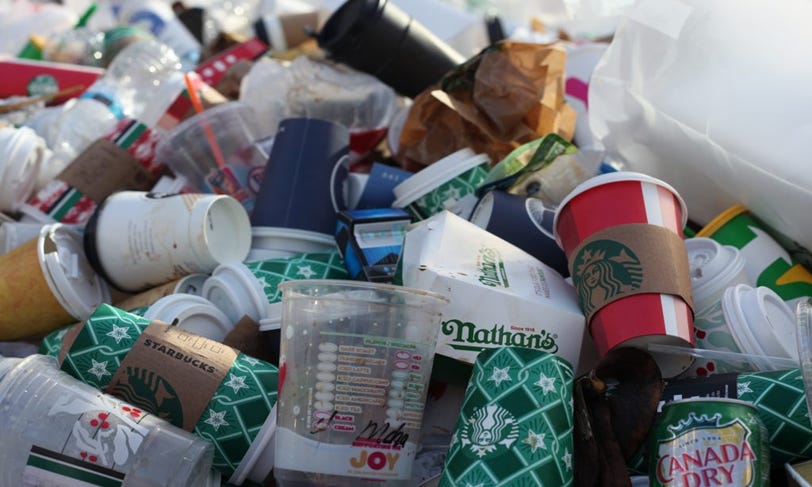
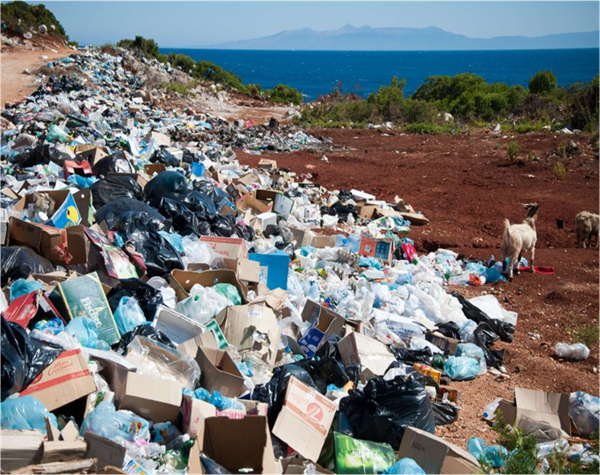
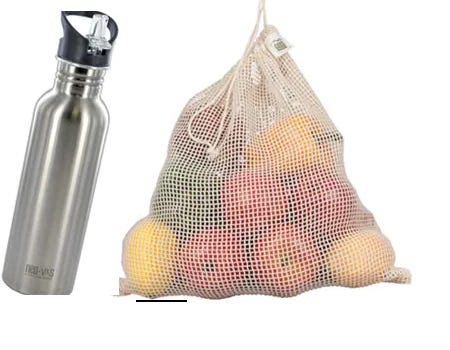
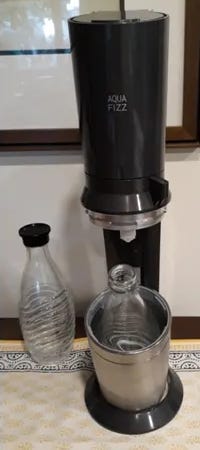
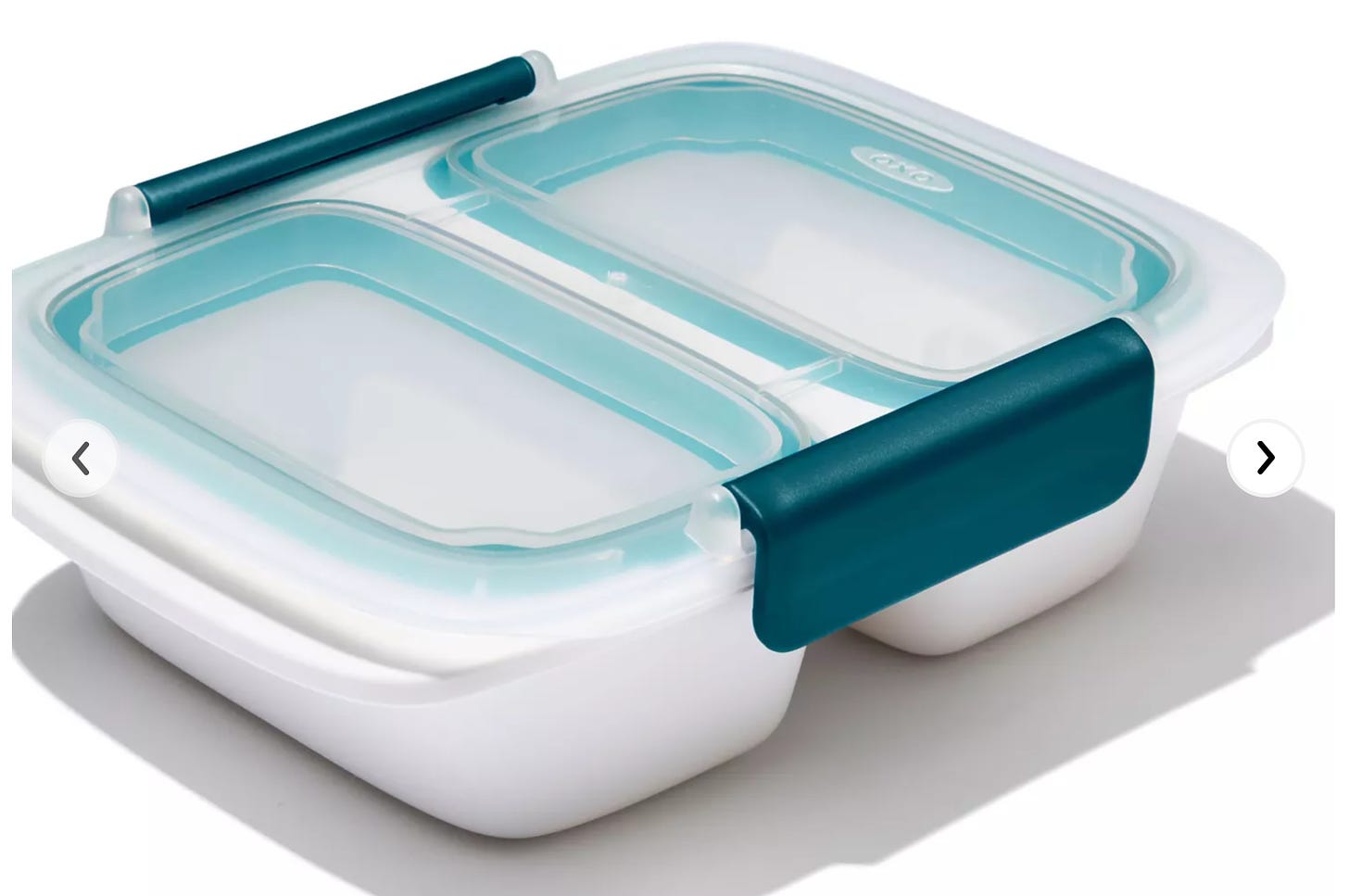
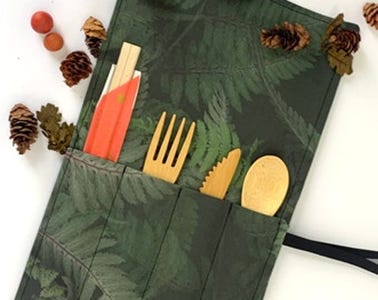
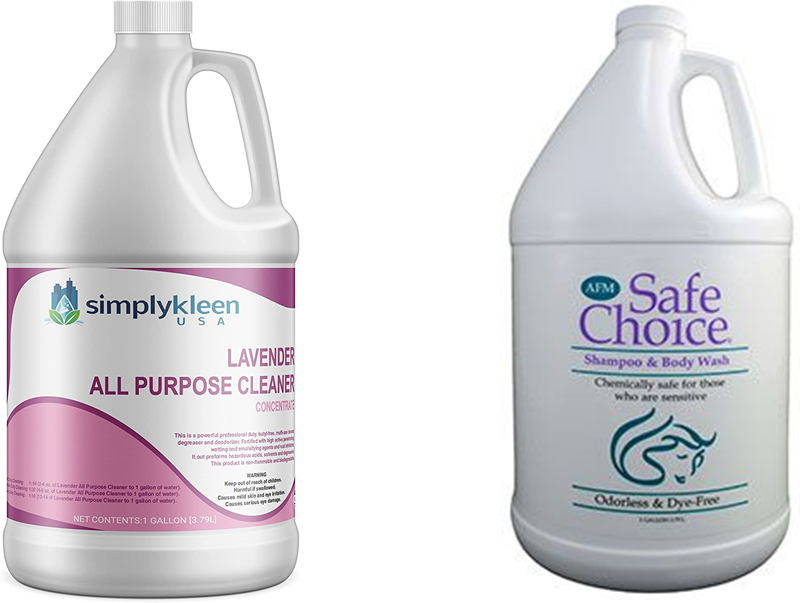
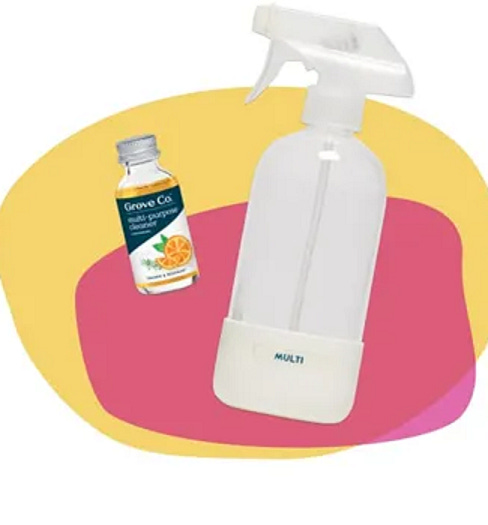

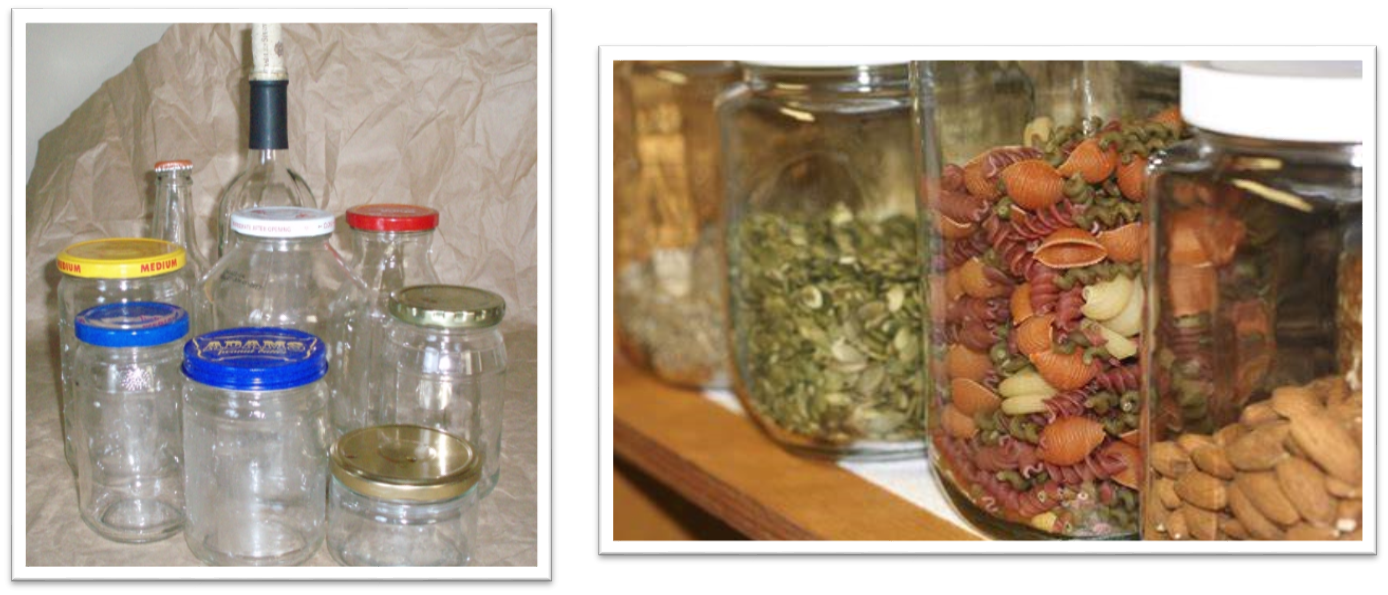
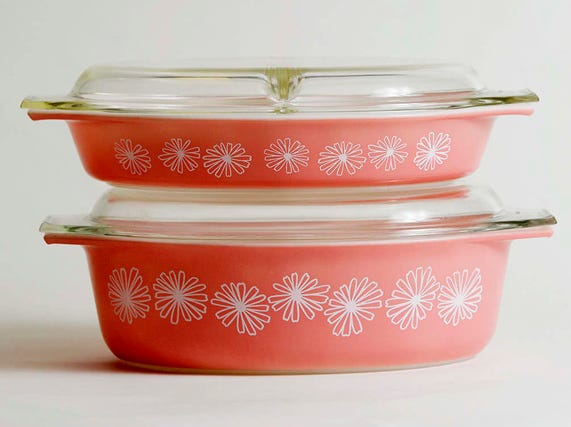
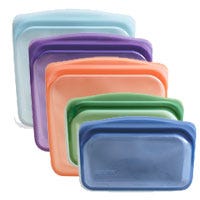
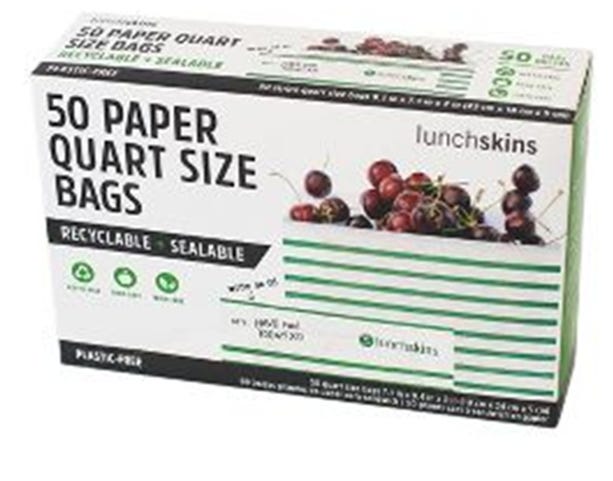
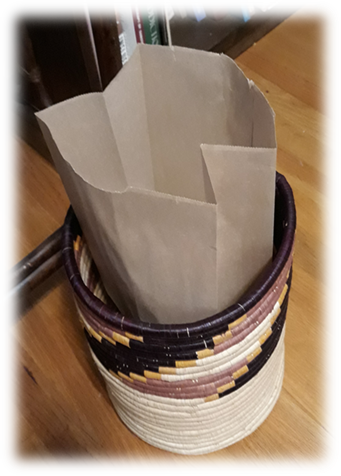

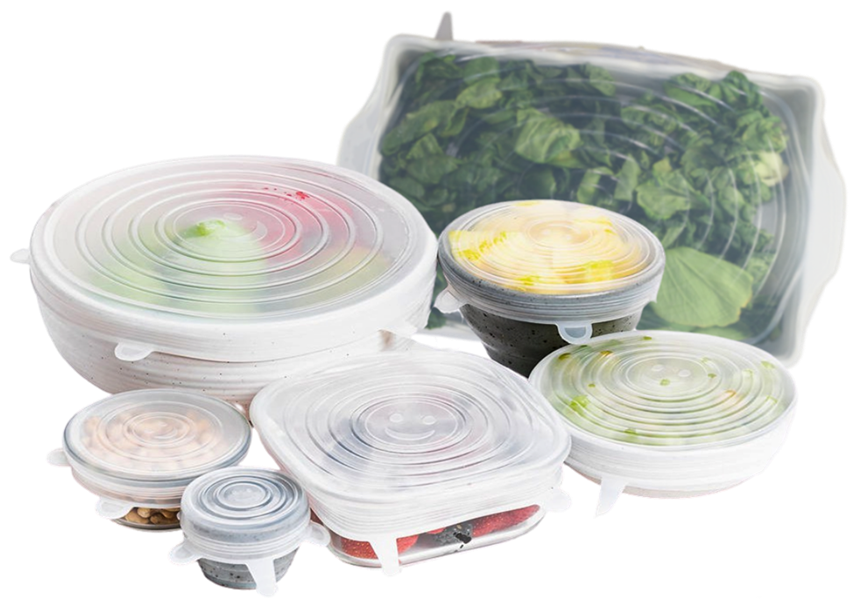
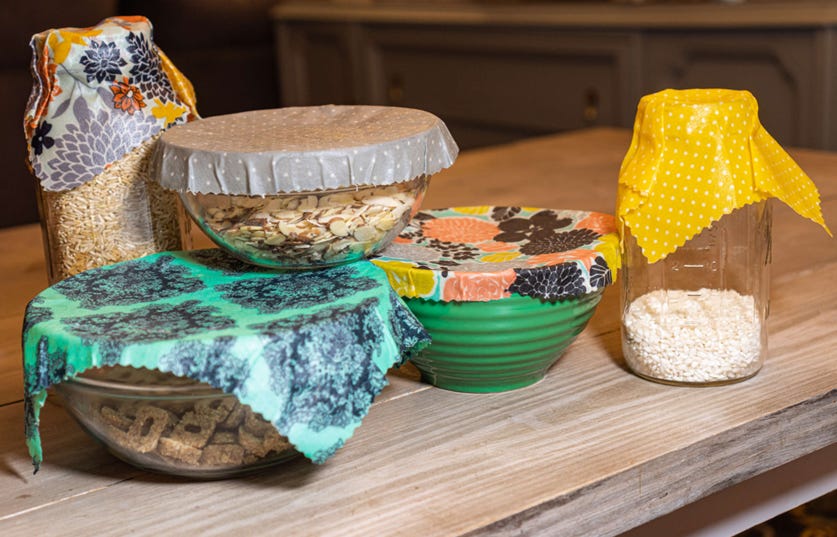
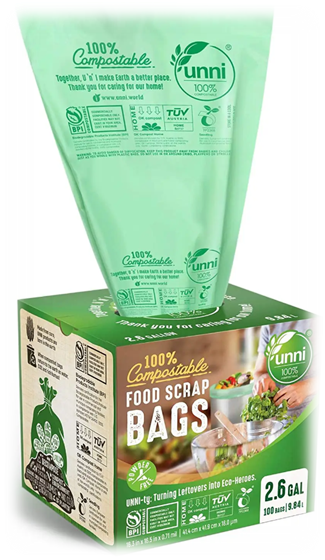
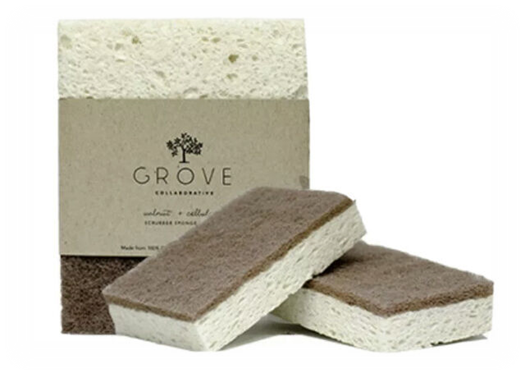
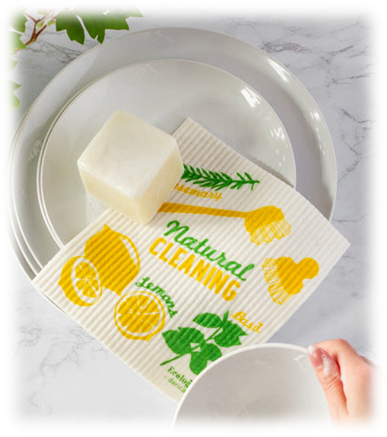
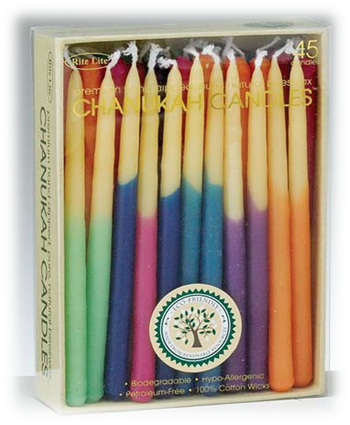
A new column from Climate Coach in the Washington Post is enlightening:
https://mail.google.com/mail/u/0/#inbox/FMfcgzGtwWCBdXNpGDtsdGwsmxCvsMph
"People see a recycling symbol and hope the item will be recycled, reports Robert Gebelhoff in The Post. For many plastics, this amounts to 'wishcycling.'"
Dismal recycling numbers from a 2022 Greenpeace survey of 375 recycling facilities in the US (cited by Climate Coach):
Plastic food wrappers: 0%
coffee pods 0 %
cutlery/straws/stirrers 0%
lids and plates 2%
cups 9%
#5 tubs 52%
Here's a fun read from the Washington Post's Climate Coach about trying to buy everything used for a month:
https://www.washingtonpost.com/climate-environment/2023/05/23/buy-resale-store-second-hand-clothes-furniture/?utm_source=newsletter&utm_medium=email&utm_campaign=wp_climatecoach&wpisrc=nl_climatecoach